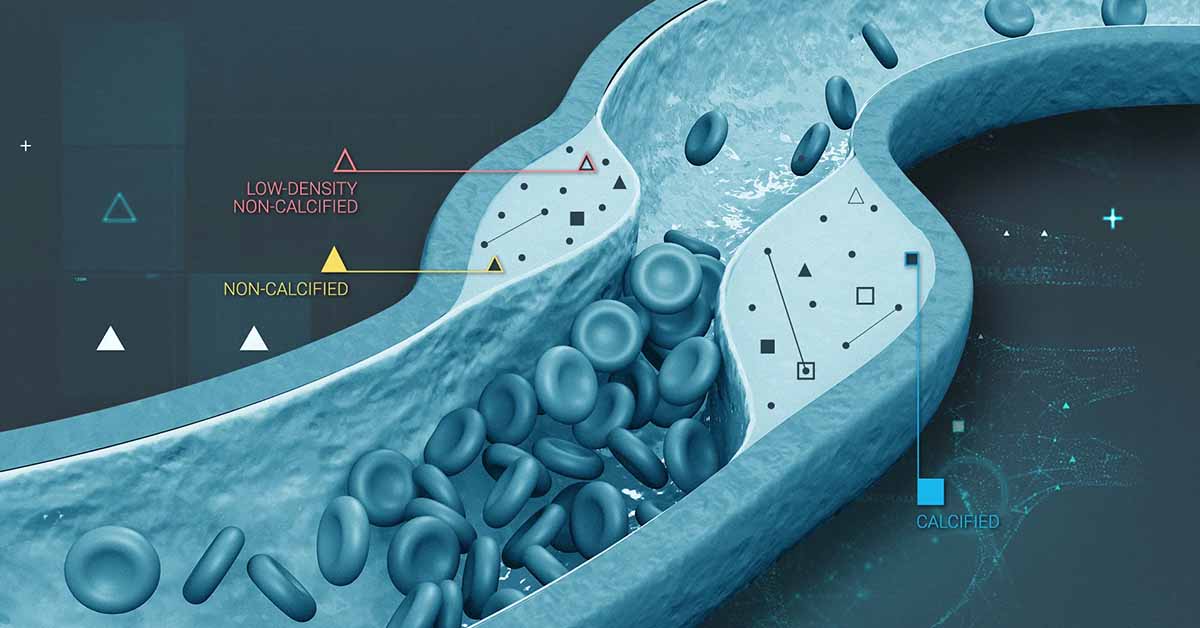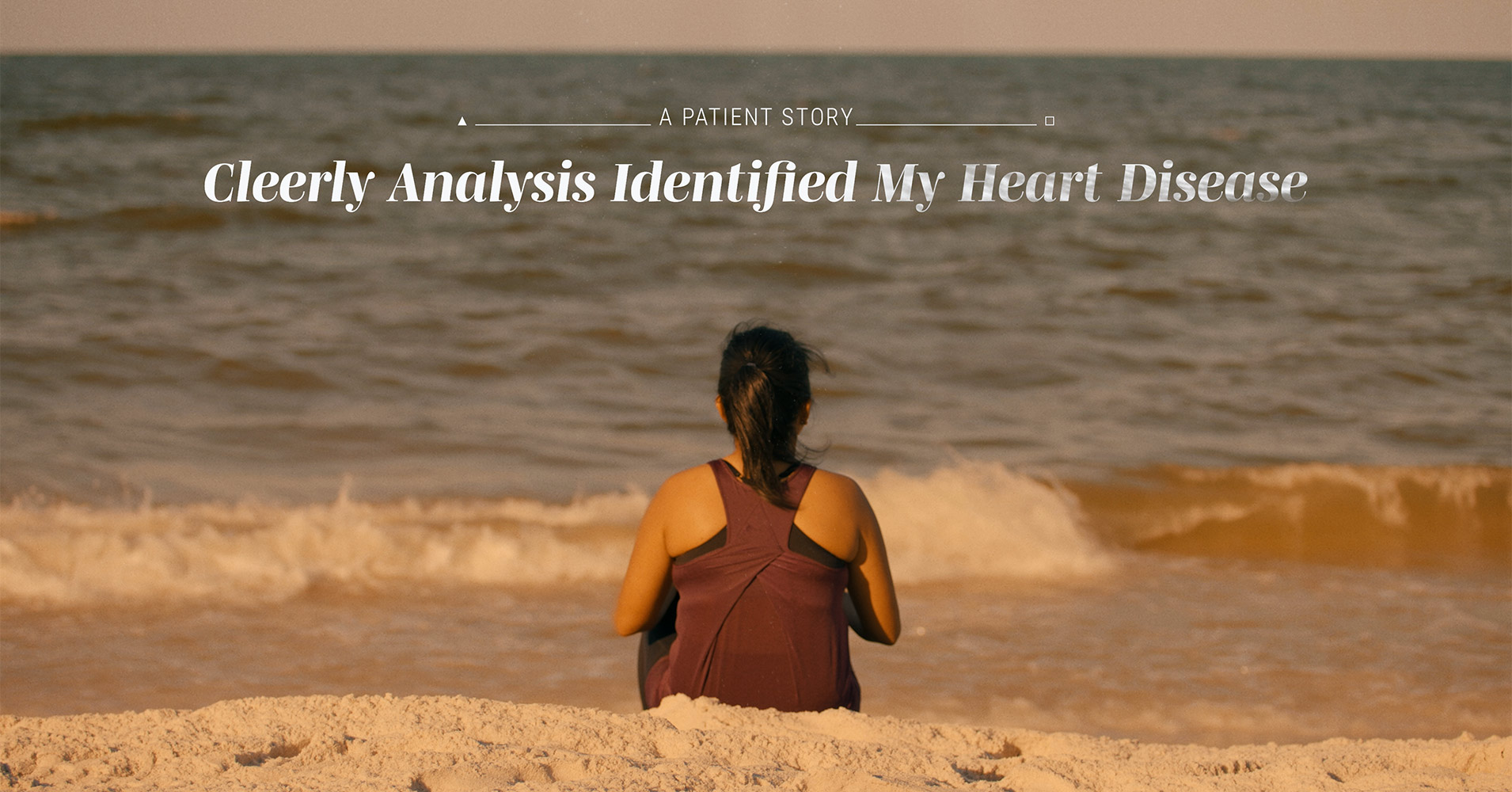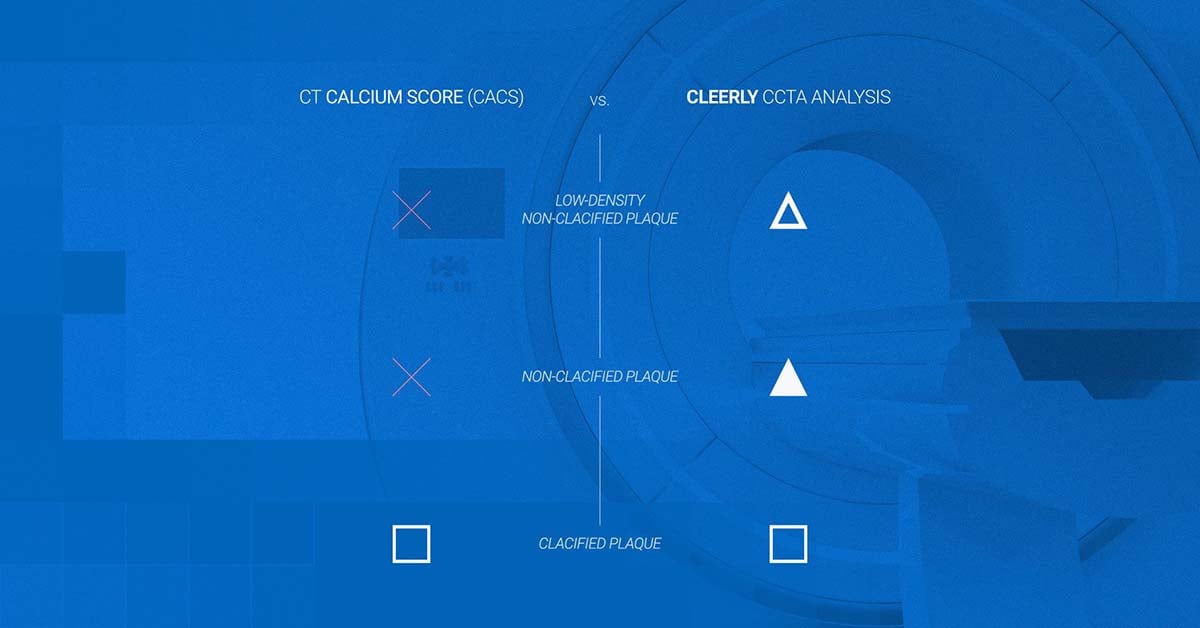The Recipe to a Healthy Heart:Your Guide to Preventing Heart Disease
Sure, the taste of food is important, but do you know how your diet impacts your heart? Many foods contain hidden ingredients that negatively impact...
3 min read
 Cleerly
:
March 9, 2023
Cleerly
:
March 9, 2023

According to the American Heart Association (AHA), nearly half of Americans have some type of cardiovascular disease.1 Despite such wide prevalence, we struggle to provide these patients with the care they need. When patients present to their physicians with high cholesterol, high blood pressure, and other conditions traditionally associated with heart disease, the current standard of care is to refer them for tests or clinical services that don’t actually measure their true heart disease risk. Meanwhile, some patients go unnoticed until it’s too late, as 70% of patients who have a heart attack were previously considered “low risk” by these traditional measures.2
How have we reached this point? Consider the typical patient journey when it comes to heart health.
All the while, a key tool for measuring arterial plaque – and not just the volume of plaque but, critically, the type of plaque – goes underutilized.
Clinical guidelines from the AHA and the American College of Cardiology (ACC) increasingly recommend non-invasive coronary computed tomography angiography (CCTA) for heart disease evaluation. But CCTA scans are the purview of the imaging center, and under the existing standard of care, radiologists and primary care are left out of the heart health conversation.
This is a missed opportunity. The results of a CCTA scan give patients a literal picture of their arteries. When augmented with purpose-built technology powered by machine learning, heart scans can become valuable tools for education and decision support.
Instead of looking at a radiology report in its entirety, physicians can see at a glance how much plaque is present, as well as whether the plaque is low risk (calcified) or high risk (non-calcified). What’s more, layering on the American College of Cardiology Innovations in Prevention Working Group’s proposed Atherosclerosis Treatment Algorithms5 as well as the four-stage system6 for classifying the disease burden of atherosclerotic plaque, empowers physicians to have more informed conversations about heart health. Easy-to-read results benefit patients as well, as for the first time they can obtain a clear picture of their heart health, understand their risk, and can work with their provider team on a personalized care plan.
This emphasis on precision heart health is poised to reverberate throughout the industry. This new standard of care for heart disease has the potential to improve clinical decision-making and health outcomes. In addition, stakeholders across the industry are likely to reduce their financial risk given the potential decrease in unpredictable, high-cost, and high-acuity episodes of care. Above all, patient quality of life can improve as – for the first time – patients and their families truly understand their heart health risk.
For far too long, our approach to heart health has done our patients wrong. We’ve failed in our efforts to educate patients on what causes heart disease, and we’ve failed to give physicians the right tools to determine that risk with the highest level of accuracy. As a result of this approach, heart disease remains the No. 1 killer of Americans. The tools exist today to measure and calculate risk, and to use that risk to provide personalized treatment recommendations – and it’s time to put these tools in the hands of physicians who can make a difference.
Want to learn more about Cleerly?
Connect With Us
References
1.Cardiovascular Diseases Affect Nearly Half of American Adults, Statistics Show. American Heart Association News. January 31, 2019.
2. Preventing Myocardial Infarction in the Young Adult in the First Place: How Do the National Cholesterol Education Panel III Guidelines Perform? Journal of the American College of Cardiology. May 7, 2003
3. National Study Finds Americans Don’t Know the Facts or Their Risk of Heart Disease. MDVIP. January 31, 2019.
4. Outcomes of Patients Admitted for Observation of Chest Pain. Arch Intern Med. June 11, 2012.
5. Integrating Coronary Atherosclerosis Burden and Progression with Coronary Artery Disease Risk Factors to Guide Therapeutic Decision Making. The American Journal of Medicine. March 2023.
6. Coronary CTA plaque volume severity stages according to invasive coronary angiography and FFR. Journal of Cardiovascular Computed Tomography. March 28, 2022.

Sure, the taste of food is important, but do you know how your diet impacts your heart? Many foods contain hidden ingredients that negatively impact...

As we reach the end of 2023 and yet another remarkable year at Cleerly, it’s a great opportunity to reflect on all we’ve accomplished and begin...

Cleerly has had a busy few months – attending conferences, panel sessions, and winning awards as we all work together to achieve our mission of a...

Heart plaques, which are the build-up of substances like cholesterol and fat in the heart’s arteries, can increase your risk of heart attack. A...

"It's very scary because I had a lot of patients and even friends and neighbors that had heart attacks, and we thought they were healthy by eating...

Both coronary artery calcium score (CACS) and Cleerly evaluate heart disease risk using cardiac imaging. Learn about the key differences between the...